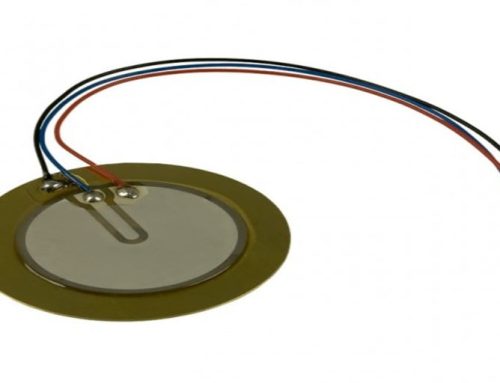
Beep.. Beep.. Beep! Are you familiar with this sound? Yup! Most of us found this in the shopping mall, airport or at any place where security and monitoring is the main concern. Millions of peoples are using this gadget over the world either for security or in military services. Today we are going to explore this gadget that is known as Metal Detector. So, without any further discussion let’s come to the point.
What is a Metal detector?
In the year 1881, Alexander Graham Bell a well-known scientist invented the world’s first metal detector. However, it was Gerhard Fischar’s those portable metal detectors that became widely used after 1925.
It is an electronic device that uses electromagnetism to detect nearby metallic objects. Ideally, it will notify the user that nearby metal has been found by generating a continuous series of beep sound. This gadget can be used in airport security checks, by construction workers, or by anybody curious to find out metals. In between 1950 to 1960, the gadget was being very popular as a hobby. As technology grow up this device becomes smaller and powerful.
Peoples those enjoy looking for metals can be in search of some ancient coins or buried treasures. For this, First of all, you need to choose a place where you can legally use your metal detector for this purpose. And second, just go for it. Now, what is the engineering that makes this gadget unique?
Engineering Inside:
Here we are going to discuss a simple metal detector. This gadget mainly contains the below units for its proper functioning:
- Search coils
- Control box
- Shaft

Units of Metal detector
Search Coils:
This part senses the metal. It contains two loops or coils of insulated copper. These two coils are confined inside a circular or rectangle head of a metal detector. The first or transmit coil generates a varying magnetic field and this field generates an electric field inside the metallic objectThis secondary electric field becomes the cause for the second magnetic field. This second magnetic field is detected by the second or receiver coil.
Control Box:
This unit contains all necessary electronic circuits, receiver coil, speaker or buzzer, batteries, and the microprocessor unit to process the input signal. The main function of a microprocessor-based circuit is to analyze the received signal from the search coil and process it accordingly. Whenever any metal or metallic object comes under the range of the device this processed signal feed to the speaker or buzzer to generate loud and frequent beep sound as an indication to the user.
Shaft:
It is a short or long type plastic or fiber-made handle that connects the search coil and control box. Most often it comes with adjustable length so you can set it at a comfortable or feasible level as per your height requirement.
Working Process:
Before going towards the working procedure of the gadget we need to know the basics behind it. A fantastic clever scientist named James Clerk Maxwell discovered a principle that “When varying electric current passes through the conductor a magnetic field generated around it”. And also a varying magnetic field generates electricity. Here we can say that the electric current and the magnetic field are an old married couple. The presence of one generates another one.
There are many types of metal detectors over the world but all of them using the same principle to find out the metal. A metal detector contains a coil of insulated copper wire (confined around the circular or rectangle head of the gadget) known as the transmit section. When electricity flows through the coil, a magnetic field is created across it. If the user moves the detector transmit coil over a metallic object, the moving magnetic field affects the atoms of the metal and causes to generate another varying electric field that causes another varying magnetic field. It is the second magnetic field, around the metallic object, that the detector picks up.
Types of Metal Detectors:
Metal detectors are designed around one of three technologies:
- Very low frequency
- Beat frequency oscillation
- Pulse induction
Very low frequency-based metal detectors are widely used for the detection of several metallic objects. It consists of two round coils and a phase demodulator, which filters the signal from a receiver. As different types of metals reflect a different kinds of magnetic signals, the main function of the phase demodulator is vital as it can be programmed to focus only on the desired range of the signal.
Beat frequency oscillator-based metal detectors are simple and have a low-cost design. The detector uses two separate detection coil but lacks the desired signal filtering ability. This device is used mostly by beginner-level users.
Pulse induction-based metal detector has a more specialized unit that enables detection of the metallic objects buried under the ground surface. The large and advanced model of this detector can detect weapons at security checkpoints. It contains only one coil and uses the timed pulse method for better accuracy.
Applications:
Metal detectors are nowadays widely being used for security and defense areas. Whereas its area is not confined only to the security field, it is also being used to find precious metallic objects those are present deeper under the surface.
Thanks for reading, See you soon with another exploration!





